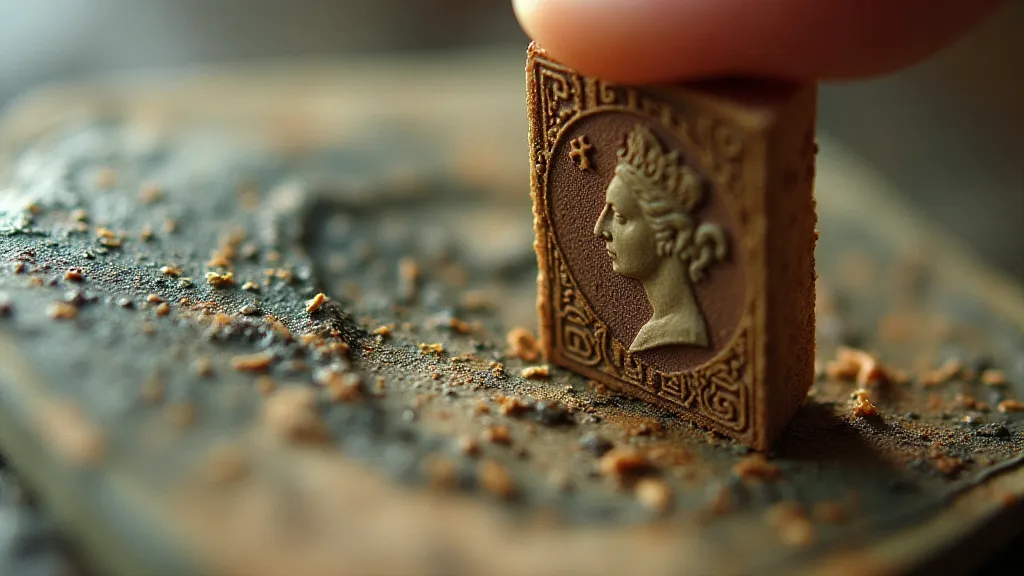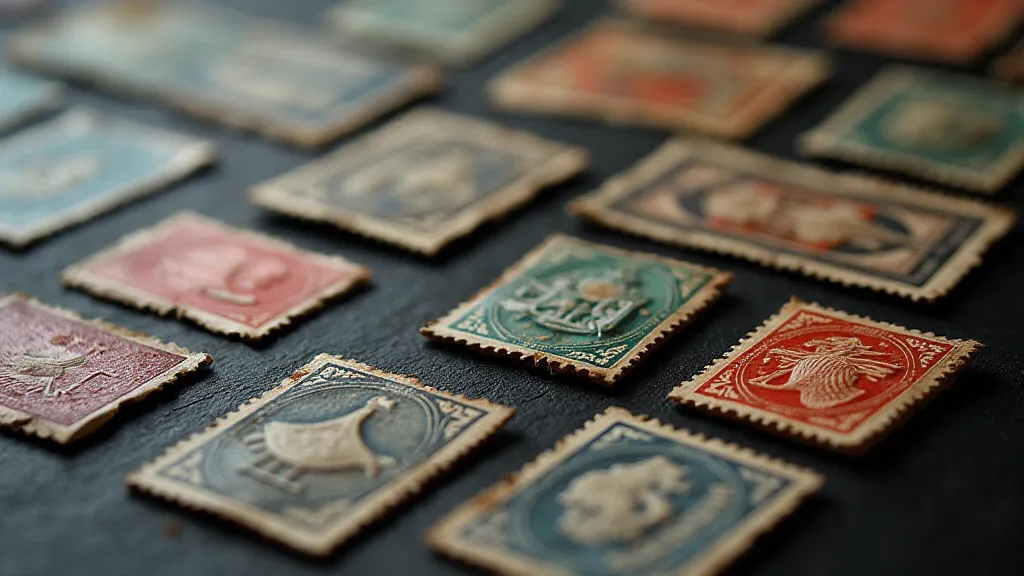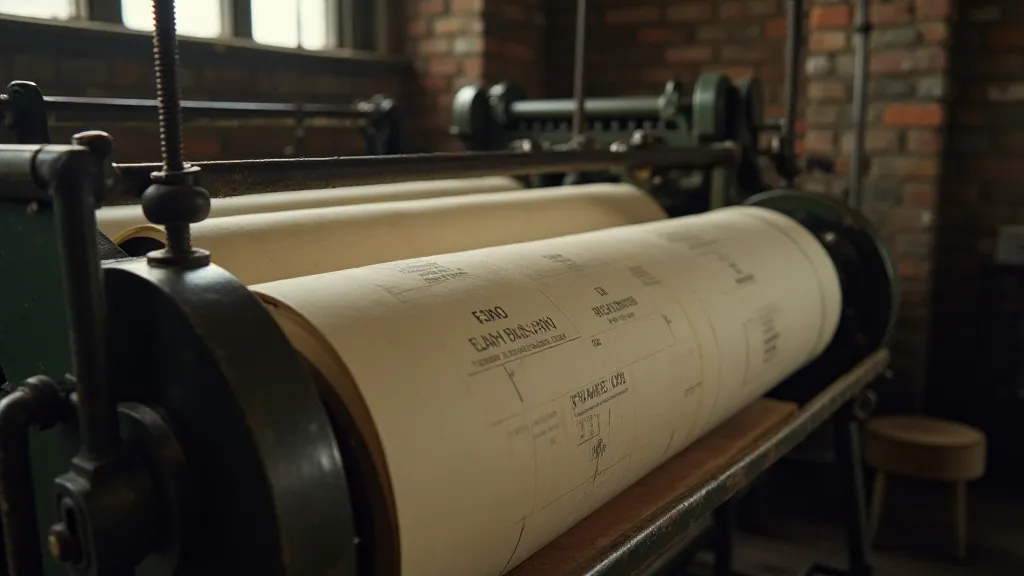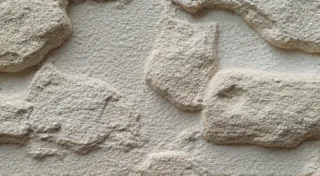A Dance of Watermarks: The Hidden Signature of the Paper Maker
The scent of aged paper, the subtle crackle as you gently unfold a vintage postage stamp – these are the tactile joys that draw us to philately. We marvel at the intricate designs, the vibrant colors, and the historical narratives they embody. But beneath the surface, a silent language exists, a whisper from the paper itself: the watermark. For the dedicated stamp collector, learning to identify watermarks is like unlocking a secret chamber, revealing a layer of history and authenticity often unseen.
My own journey into the world of watermarks began with a seemingly ordinary British Guiana 1c magenta. It wasn't the rarity—though that certainly contributed to my excitement—but something else entirely. Examining it under a watermark tray (a simple, light-diffusing device) revealed a faint, almost ethereal image of a crowned elephant. Suddenly, this little piece of paper transformed from a mere collectible into a portal to a specific era, a specific paper mill, a specific production process. It was a moment of quiet revelation, a feeling akin to discovering a hidden masterpiece within a familiar landscape.
The Historical Context: More Than Just a Mark
Watermarks weren’t initially intended for philatelic identification. They served a practical purpose: to help paper mills identify their own products and prevent counterfeiting. Back in the 19th century, paper mills often incorporated recognizable images – often the maker's initials, a crest, or a stylized symbol – into the paper during the manufacturing process. These images were created using wires stretched across the drying cylinders of the paper-making machine. As the pulp passed between the cylinders, the wires interrupted the flow, creating a thinner area in the paper that, when held against the light, appeared as a distinct mark.
Imagine the laboriousness of the process! Each wire had to be precisely positioned, each cylinder carefully monitored. The skill of the paper maker was paramount; a slight miscalculation could ruin an entire batch. This meticulous craftsmanship, so vital to the creation of something seemingly mundane, adds another layer of appreciation for vintage stamps. We're not just holding a piece of printed art; we’re holding a fragment of an entire manufacturing process, a testament to the skill and ingenuity of an artisan long past.

Decoding the Dance: Techniques for Identification
Identifying watermarks isn’t always straightforward. The visibility of a watermark can be affected by the paper’s thickness, age, and the presence of postmarks or gum. Some watermarks are bold and easily discernible, while others are faint and require painstaking effort. The most common and reliable method is to use a watermark tray, as mentioned earlier. These trays evenly distribute light, allowing the watermark to become visible. Another method involves holding the stamp against a dark background, also employing a light source.
There are nuances to consider. Some watermarks are “clear,” meaning they are sharply defined. Others are “faint” or “indistinct.” Certain printing processes can also obscure watermarks; for instance, stamps printed using a process known as "immersion" printing often have watermarks that are less visible than those on stamps printed using other methods. Experienced philatelists often develop a "feel" for different watermark types, recognizing subtle variations that differentiate paper manufacturers.
The challenges are part of the reward. It’s a detective’s game, piecing together clues to uncover a deeper understanding of the stamp’s origins. It requires patience, a keen eye, and a willingness to delve into the sometimes-obscure world of paper history. This pursuit, this meticulous examination, fosters a deeper connection to the stamps we collect - a connection that transcends mere monetary value.
Common Watermark Types and Their Significance
Different countries and paper manufacturers utilized distinctive watermark designs. For example, Great Britain’s early stamps often featured watermarks depicting crowns, castles, or floral designs. French stamps commonly used designs representing liberty, equality, and fraternity. German stamps often bore the initials of paper manufacturers. Examining these designs provides valuable clues about the stamp’s provenance.
The presence of a particular watermark can also influence a stamp’s value. A stamp printed on a rare paper type, identified by its unique watermark, may command a premium price among collectors. Conversely, a stamp with a common watermark may be less valuable. The relationship between watermark and value, however, isn’t always straightforward and is often influenced by factors such as condition, centering, and printing quality. It is always best to consult with reputable philatelic resources to accurately assess a stamp’s value.

Preservation and Restoration: Protecting the Hidden Signature
Preserving the integrity of a stamp’s watermark is crucial for maintaining its value and historical significance. Over time, stamps can deteriorate due to exposure to light, moisture, and pollutants. Watermarks, being particularly delicate, are especially vulnerable to damage. Proper storage in archival-quality albums and sleeves is essential. Avoid exposing stamps to direct sunlight or extreme temperatures.
Restoration should be approached with extreme caution. Any attempt to clean or repair a stamp can potentially damage the watermark, rendering it illegible. It is generally advisable to seek professional advice before attempting any restoration work. A skilled philatelic restorer can often stabilize a damaged stamp without compromising the integrity of the watermark. Understanding the paper itself – its fiber content, its vulnerability – is key to responsible handling.
Beyond Identification: A Window into the Paper-Making World
The study of watermarks extends far beyond mere stamp identification. It’s a gateway to understanding the history of paper making – a vital industry that has shaped societies for centuries. Paper’s impact resonates through historical records, artistic masterpieces, and, of course, our beloved postage stamps.
My fascination with watermarks has deepened my appreciation for the entire chain of events that brought a stamp into my hands. It's not just about the design or the printing; it’s about the skill of the paper maker, the ingenuity of the printer, and the historical context that shaped their work. It’s a humbling and enriching pursuit, a reminder that even the smallest objects can hold a wealth of history and beauty.

Ultimately, the dance of watermarks—this subtle signature of the paper maker—invites us to slow down, to observe with greater care, and to appreciate the intricate beauty and profound historical significance embedded within the humble postage stamp. It's a journey of discovery, one that enriches not only our collection but our understanding of the world around us.





